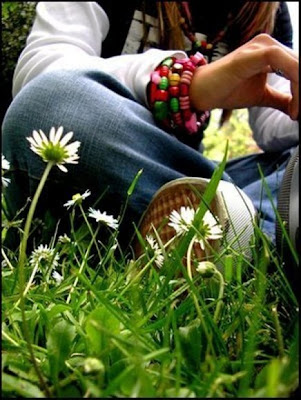
Yasujiro Ozu's films are explorations of space, although his later films are pre-occupied with the notion of the passage of time. His camera investigates the emotional spaces which divide and unite the characters of the film, the household and the workplaces, the architecture of small suburban Japanese towns and of sake bars and offices. His images are always simple but carefully constructed with the traditional rigorous Japanese geometry. Almost often his films are concerned with the unit of family.
Japan being a feudal society, the locus of power resided in the family. Post WW-2, the change and flux of the Japanese society, the demands of the” new and independent woman" or the breaking up of the family unit as result of the Japanese society giving way for newer cultural and economic currents-has been specifically portrayed in his films. Let us consider the examples of the 2 films "Tokyo Story" and "Early Summer" where Ozu tries to bring out the pathos of everyday existence and the changing Japanese bourgeois society respectively.
For example in "Tokyo Story", the journey of the parents from the countryside to the suburbs of Tokyo which occurs in a heartbeat of screen time, actually is a long process, both literally and metaphorically. The changing value system in JAPAN which has also been portrayed in "Early Summer" through the mature and independent Noriko[Satsuko Hara] is actually an indication of Japanese society at that time. His films were mostly shot in middle-class Japanese interiors which brought out the home as a kind of stage for the inevitable conflicts between the family members. The decision which Noriko makes in spite of her family's dissonance is not the outcome of an irrational whim of an immature girl but the new-liberated Japanese woman!
The plots, the characters, the backdrop of Ozu are very "JAPANESE”, irrelevant of the fact that they evoke universal sympathy.
Kurosawa's composition of frames picturesque, his projects were grand and won for him both critical and audience acclaim. His camera ventured into unknown spaces, while Ozu's was fixed-the entire drama unfolding in front of it.Ozu almost never panned the camera or faded to the next shot. Whereas Ozu was mostly confined to the Japanese interiors,Kurosawa explored the open Japanese wild territories. The fixed camera position of Ozu is similar to his treatment of films-there is no action, nothing really happens in the story. Kurosawa's way of making films was very different from that of Ozu,two of the major reasons being-he shot mostly outdoors and chronologically[one of the very few to do so],which made his films a gala affair!Ozu was very minimalist in his style-the simple decor, the minimum dialogue, the almost elegant mise-en scene -which forced the audience to go beneath the surface of drama and look for inner meanings.
Since Kurosawa's films did not essentially deal with typical "JAPANESE subjects" like Ozu, his films for the first time could open the doors of Japanese cinema to World cinema,though it must be mentioned Ozu's was a quiet and powerful study of the rapidly disintegrating Japanese feudal society.

